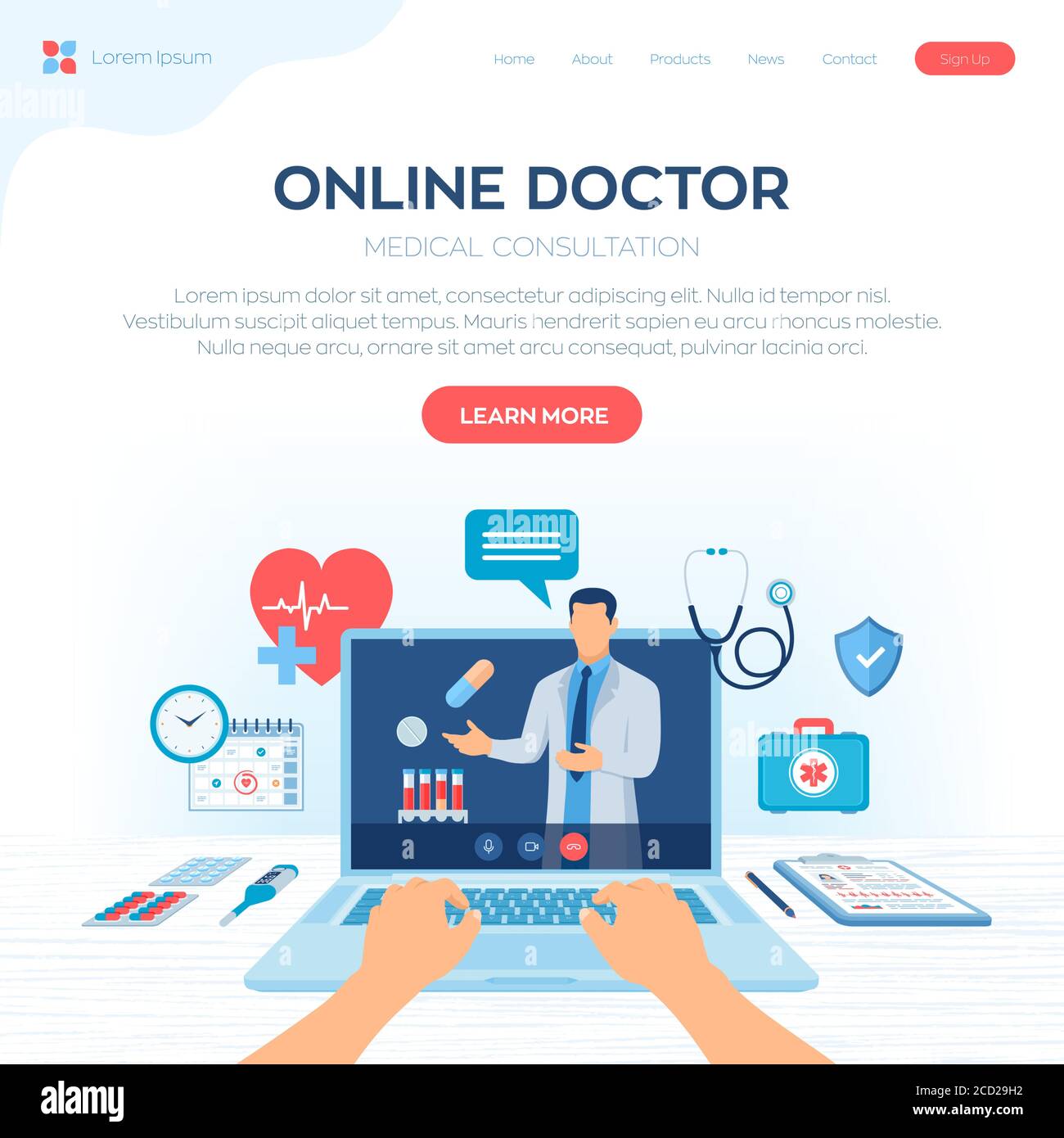How Subscription Based Healthcare is Transforming Patient Accessibility to Services
How Subscription Based Healthcare is Transforming Patient Accessibility to Services
Blog Article
Recognizing the Cost-Effectiveness of Subscription-Based Health Care Versions
As the health care landscape progresses, subscription-based designs arise as an engaging choice, assuring to redefine how individuals take care of medical expenditures. Examining these versions' cost-effectiveness demands a nuanced comparison with conventional insurance policy, taking into consideration both monetary effects and person complete satisfaction.
Review of Subscription-Based Models
Subscription-based medical care models, in some cases referred to as direct main treatment or attendant medication, are increasingly acquiring attention as a potential solution to inefficiencies within standard healthcare systems. These designs operate the concept of offering people straight accessibility to doctor via a annual or regular monthly fee, bypassing the requirement for typical insurance policy mechanisms. This plan intends to simplify patient-provider communications by reducing administrative concerns, which typically hinder personalized and timely treatment.
At the core of subscription-based models is the focus on a more personalized patient experience. People take advantage of boosted accessibility to their physicians, often including next-day or same-day visits, prolonged appointment times, and straight interaction networks such as phone or video clip telephone calls. This model fosters an aggressive strategy to medical care, where people and providers can collaboratively focus on preventative care and persistent disease monitoring.
Price Comparison With Standard Insurance

One of the key economic advantages of subscription designs is transparency in costs. Conversely, conventional insurance policy may be much more advantageous for people requiring specialized treatment or expensive treatments not covered under a registration design, as they benefit from the more comprehensive coverage network and cost-sharing devices.
Nonetheless, cost-effectiveness is context-dependent. While subscription models could provide financial savings for those mostly needing health care, individuals with persistent problems or specialized health care demands could locate standard insurance coverage much more thorough. Examining certain medical care requirements and prospective usage is critical in identifying the most economical alternative for people.
Influence On Patient Complete Satisfaction
Person satisfaction within subscription-based healthcare versions commonly shows a considerable improvement over typical insurance systems. This enhancement is largely connected to the customized treatment and accessibility these versions provide. People often report higher satisfaction due to lowered wait times and the convenience of official source scheduling appointments. Unlike standard systems, where people could experience delays in receiving treatment, subscription-based models ensure even more straight and prompt interactions with doctor.
Additionally, the transparency in prices related to subscription-based medical care minimizes the common aggravations associated with unexpected costs and intricate payment procedures seen in typical insurance policy (subscription based healthcare). People value understanding the precise monetary commitment upfront, leading to enhanced count on and self-confidence in their health care administration
Furthermore, the focus on preventative treatment and wellness in subscription designs adds to improved health end results, better boosting patient fulfillment. By concentrating on ongoing wellness maintenance instead than episodic care, people experience a more alternative and constant healthcare journey.
Furthermore, the enhanced provider-patient partnership cultivated in these more tips here designs, identified by more time spent per patient and individualized interest, plays an essential duty in boosting client complete satisfaction degrees, as people really feel genuinely looked after and recognized.
Company Viewpoints and Experiences
From the copyright's viewpoint, subscription-based health care designs supply a transformative approach to delivering clinical solutions. These designs stress a positive and preventative healthcare method, allowing carriers to concentrate on extensive individual treatment without the restrictions of traditional fee-for-service arrangements (subscription based healthcare). This change in emphasis often causes boosted individual results and raised company contentment, as health care professionals can allocate more time and sources to individual involvement and customized treatment strategies
Additionally, subscription models help with predictable profits streams, which boost financial security for doctor. This predictability enables for improved source planning and allocation, adding to a more effective healthcare distribution system. Service providers can spend in personnel training, innovation, and infrastructure renovations, consequently improving the quality of treatment supplied.
However, the shift to subscription-based designs is not without obstacles. Regardless of these obstacles, several providers discover that the advantages of increased individual interaction and structured operations outweigh the first obstacles, making subscription-based models an attractive option.
Future Prospects and Difficulties

A key obstacle is regulative compliance, as registration versions should follow progressing health care plans and insurance coverage demands. This necessitates continuous adjustment and innovation to make certain placement with legal criteria. Additionally, integrating these designs into existing health care facilities can be intricate, calling for substantial financial investments in modern technology and training.
There is likewise the prospective danger of developing injustices in health care gain access to, as membership versions may favor those who can manage them, leaving at risk populations underserved. Addressing this calls for thoughtful factor to consider of prices techniques and aid devices to make sure inclusivity.
Conclusion
Subscription-based healthcare designs offer a feasible choice to conventional insurance coverage by using monetary predictability and transparency, particularly benefiting people with persistent conditions or frequent health care requirements. The cost-effectiveness of these models is contingent upon specific health care usage patterns and situations.
Subscription-based healthcare versions, occasionally referred to as straight primary care or attendant medication, are significantly acquiring focus as a possible remedy to inadequacies within standard medical care systems. Unlike standard systems, where clients might experience hold-ups in receiving treatment, subscription-based designs guarantee even more direct and prompt interactions with medical care suppliers.
These models highlight a positive and preventative health care strategy, allowing suppliers to focus on thorough client care without the constraints of standard fee-for-service arrangements. As these designs proceed to obtain traction, they use the possible to revolutionize individual access to care, streamline service shipment, and enhance health care costs.Subscription-based health care versions offer a practical option to standard insurance by providing economic predictability and openness, particularly benefiting individuals with chronic conditions or constant health care needs.
Report this page